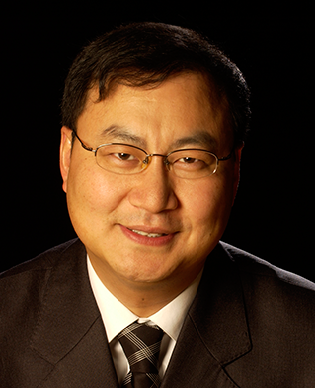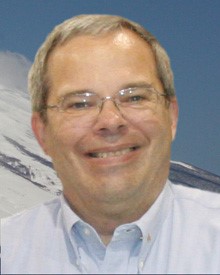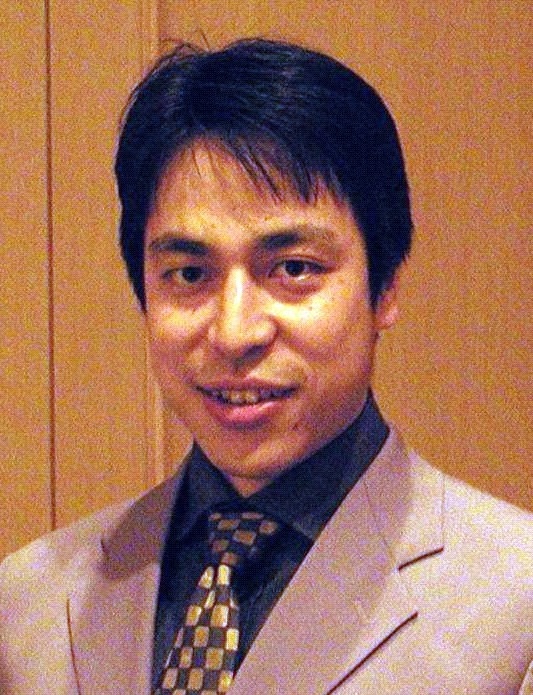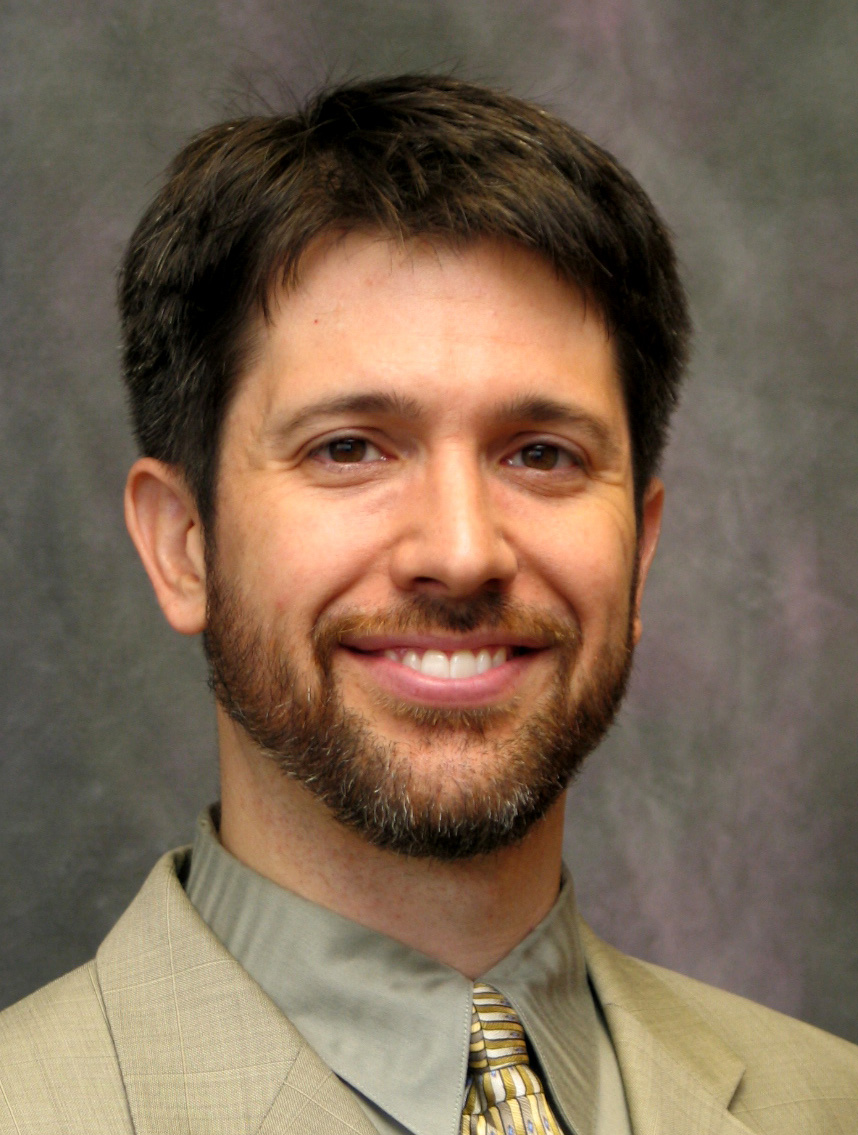LAMC-2016
Keynote Speakers
Monday, December 12
Mo-1:
Millimeter-wave Identification, Sensing and Tracking (MIST) Systems for Future Internet of Things and Smart Environment
Ke Wu, FIEEE, FCAE, FRSC
2016 President of IEEE Microwave Theory and Techniques Society (MTT-S)
Poly-Grames Research Center
Department of Electrical Engineering
Center for Radiofrequency Electronics Research (CREER) of Quebec
Ecole Polytechnique (University of Montreal), Canada
Abstract
Emerging millimeter-wave Identification, Sensing and Tracking (MIST) technology is set out to exploit the smaller structure size and the larger available bandwidths in order to alleviate the limitations of low-frequency RFID. The successful development of MIST into markets is strategically critical for future smart living and better life in terms of green environment, efficient energy and secure information. In this work, the state-of-art of innovative techniques, which allow propelling the MIST technology in the front line of future innovative wireless systems will be presented. Two recent developments in our group will be highlighted with hardware demonstrations. Interestingly, the MIST concept is fully compatible with upcoming and future wireless requirements and architectures such as 5G technologies. The great potentials and exciting prospects of MIST systems as well as their technological challenges will be discussed.
Biography
Dr. Ke Wu is Professor of electrical engineering, and Canada Research Chair in RF and millimeter-wave engineering at the Ecole Polytechnique (University of Montreal). He is also the NSERC-Huawei Industrial Research Chair in Future Wireless Technologies (the first Huawei-endowed Chair in the world). He has been the Director of the Poly-Grames Research Center and the Founding Director (2008-2014) of the Center for Radiofrequency Electronics Research of Quebec. He held/holds visiting/honorary professorships at various universities in the world. He has authored/co-authored over 1100 referred papers, and a number of books/book chapters and more than 40 patents. Dr. Wu was the general chair of the 2012 IEEE MTT-S International Microwave Symposium. He is the 2016 President of the IEEE Microwave Theory and Techniques Society (MTT-S). He also serves as the inaugural North-American representative in the General Assembly of the European Microwave Association (EuMA). He was the recipient of many awards and prizes including the inaugural IEEE MTT-S Outstanding Young Engineer Award, the 2004 Fessenden Medal of the IEEE Canada, the 2009 Thomas W. Eadie Medal from the Royal Society of Canada (The Academies of Arts, Humanities and Sciences of Canada), the Queen Elizabeth II Diamond Jubilee Medal, the 2013 Award of Merit of Federation of Chinese Canadian Professionals, the 2014 IEEE MTT-S Microwave Application Award, the 2014 Marie-Victorin Prize (Prix du Québec – the highest distinction of Québec in the Natural Sciences and Engineering), the 2015 Prix d’Excellence en Recherche et Innovation of Polytechnique Montréal and the 2015 IEEE Montreal Section Gold Medal of Achievement. He is a Fellow of the IEEE, a Fellow of the Canadian Academy of Engineering (CAE) and a Fellow of the Royal Society of Canada. He was an IEEE MTT-S Distinguished Microwave Lecturer from Jan. 2009 to Dec. 2011.
Mo-5:
Æthereal Waves Make History
The four scientists who saved James Clerk Maxwell’s theories

James C. Rautio
President & CEO of Sonnet Software
Abstract
Maxwell first published what came to be called “Maxwell’s equations” in 1865. However, it was not until 1888, and Heinrich Hertz’s experimental validation that Maxwell’s equations were widely accepted as correct. The story of the intervening 23 years is little known. Maxwell, who died in 1879, was exceptionally modest and did not promote his own results at any time. The survival of Maxwell’s equations was up to the only three researchers in the entire world who paid serious attention to Maxwell’s paper in 1865, and his seminal Treatise in 1873: Oliver Heaviside, Oliver Lodge, and George Francis FitzGerald. Later, Hertz joined the group forming “The Four Maxwellians”. This presentation describes the torturous 23-year path Maxwell’s equations took from their creation to their initial acceptance. No mathematical knowledge is needed; this presentation is ideal for a general audience.
Biography
James C. Rautio (S’77–M’78–SM’91–F’00) received the B.S.E.E. degree from Cornell University, Ithaca, NY, in 1978, the M.S. degree in systems engineering from the University of Pennsylvania, Philadelphia, in 1982, and the Ph.D. degree in electrical engineering from Syracuse University, Syracuse, NY, in 1986.
From 1978 to 1986, he was with General Electric, initially with the Valley Forge Space Division, then with the Syracuse Electronics Laboratory. During this time, he developed microwave design and measurement software and designed microwave circuits on alumina and on GaAs. From 1986 to 1988, he was a Visiting Professor with Syracuse University and Cornell University. In 1988, he joined Sonnet Software, Liverpool, NY, full time, a company he had founded in 1983. In 1995, Sonnet Software was listed on the Inc. 500 list of the fastest growing privately held U.S. companies, the first microwave software company ever to be so listed. Today, Sonnet Software is the leading vendor of high accuracy three-dimensional planar high-frequency electromagnetic analysis software.
Dr. Rautio was the recipient of the 2001 IEEE Microwave Theory and Techniques Society (IEEE MTT-S) Microwave Application Award and the 2014 IEEE MTT Distinguished Service Award. He was appointed MTT Distinguished Microwave Lecturer for 2005 – 2007 lecturing on the life of James Clerk Maxwell. His efforts have also resulted in the preservation and restoration of Glenlair, Maxwell’s home.
Tuesday, December 13
Tu-1:
Near-Fiber-Optic-Speed Wireless Communication with Terahertz CMOS Technology

Minoru Fujishima
Graduate School of Advanced Sciences of Matter
Hiroshima University, Japan
Abstract
Unallocated frequency band above 275GHz has been recently focused on for wireless communication in future generation. Since vast frequency range in 300GHz band is available, near-fiber-optic speed over 100Gbps will be possible even in wireless communication. Here, to target at real commercial products, a transceiver with all CMOS technology is promising since digital signal processing including baseband modulation must be with CMOS integrated circuits. However, high-frequency characteristics of silicon MOSFETs used in the CMOS technology are generally inferior to those of advanced InP devices. Therefore, to realize with RF frontends with CMOS process, the circuits must operate at near or beyond transistor’s fmax (unity-power-gain frequency). Recently, a 300GHz CMOS transmitter capable of quadrature-amplitude-modulation (QAM) has been demonstrated. In this presentation, terahertz frontend technologies with CMOS process are explained. Then, performance comparison of 300GHz transceivers with miscellaneous technologies is clarified. With consideration of technical constraints, possible frequency allocation in unallocated 300GHz band is discussed. Finally, future promising application for terahertz wireless communication is introduced.
Biography
Minoru Fujishima received the B.E., M.E. and Ph.D degrees in Electronics Engineering from the University of Tokyo, Japan in 1988, 1990 and 1993, respectively. He joined faculty of the University of Tokyo in 1988 as a research associate, and was an associate professor of the School of Frontier Sciences, University of Tokyo since 1999. He was a visiting professor at the ESAT-MICAS laboratory, Katholieke, Universiteit Leuven, Belgium, from 1998 to 2000. Since 2009, he has been a professor of the Graduate School of Advanced Sciences of Matter, Hiroshima University.
He studied design and modeling of CMOS and BiCMOS circuits, nonlinear circuits, single-electron circuits, and quantum-computing circuits. His current research interests are in the designs of low-power millimeter- and short-millimeter-wave wireless CMOS circuits. He coauthored more than 50 journal papers and 120 conference papers. He served as a distinguished lecturer in IEEE solid-state circuits society from 2011 to 2012.
Wednesday, December 14
We-1:
Improved Remote Sensing of Hurricanes and Tropical Systems using CubeSat Constellations of Millimeter-wave to THz Systems for Repeat-Pass Radiometry

Steven C. Reising
Microwave Systems Laboratory
Electrical and Computer Engineering Dept.
Colorado State University
Fort Collins, Colorado, USA
Abstract
Global observations of clouds and precipitation are essential to improve monitoring and prediction of severe storms with substantial impacts on human life and property. For example, severe storms, hurricanes and tropical cyclones have caused more than 722 Billion USD of damage from 1980-2016 in the U.S. alone. To understand processes in clouds that lead to severe storms with high winds and intense rainfall, global observations with rapid revisit times are essential. To this end, sensors on geostationary satellites have substantially improved weather prediction by providing visible and infrared measurements with 5- to 10-minute resolution. However, the development and deployment of low-cost small satellite constellations of millimeter-wave to THz systems are needed to improve understanding of cloud and ice processes leading to the onset of precipitation on a global basis.
At the same time, in just the past 3-4 years, the satellite industry has experienced the rapid maturation of disruptive technology, including standardized components and processes to reliably manufacture and launch CubeSats capable of scientific measurements. The rapid development cycles of CubeSats of 2-3 years from initiation to launch afford opportunities for much faster adoption of new technology. CubeSats typically benefit from low-cost launches as secondary payloads on missions of opportunity. In particular, 6U CubeSats provide sufficient resources in terms of mass, power, satellite-to-ground communications and antenna aperture size.
Millimeter-wave to THz systems from approximately 90-900 GHz are capable of observing clouds and precipitation on a global basis. A constellation of 5 identical 6U CubeSats measuring at 5 millimeter-wave frequencies with 5-minute temporal sampling can observe time-resolved cloud processes and their transition to precipitation. At present, a collaborative partnership among Colorado State University (lead institution), NASA/Caltech Jet Propulsion Laboratory and Blue Canyon Technologies is forging a new 6U CubeSat demonstration mission for a future constellation for remote sensing of precipitation entitled Temporal Experiment for Storms and Tropical Systems (TEMPEST). TEMPEST-D is planned for delivery during summer 2017 for a NASA-provided launch to the International Space Station and deployment into orbit via Nanoracks in the spring of 2018.
Biography
Steven C. Reising has been Full Professor in Electrical and Computer Engineering at Colorado State University (CSU) since 2011, where he served as Associate Professor from 2004 to 2011. Previously, he was Assistant Professor at the University of Massachusetts Amherst from 1998 to 2004 and received tenure. Dr. Reising received the Ph.D. degree in electrical engineering from Stanford University in 1998, where he was supported by a NASA Earth Systems Science Fellowship. Dr. Reising’s research interests span a broad range of disciplines, including remote sensing of the Earth’s atmosphere and oceans from airborne platforms and U-Class satellites, passive remote sensing systems and the design and application of low-noise MMICs from millimeter-wave to terahertz frequencies. He has been Principal Investigator of 14 grants over the past 15 years from sponsors including NASA, National Science Foundation (NSF), Department of Defense, Office of Naval Research, Naval Research Laboratory, Ball Aerospace & Technologies Corp., and the European Space Agency. Dr. Reising recently received the 2015 George T. Abell Outstanding Research Faculty Award from the College of Engineering at CSU.
